Beehive parts
Need an extra brood box or honey super for your beehive or Segeberger... or just a crown board? Make your choice below!
Subcategories
-
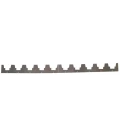
Spacing strips & spacing rails
Frame spacers and spacer strips are two terms used for the same type of strips. The spacer strips ensure that the hive frames in the beehive hang at the correct distance from each other. They also create a small clearance under the frame lugs. When the frames are put back in the hive, the chance of bees being crushed is smaller, as they can walk underneath the frame lugs. Choosing the right spacer strips is quite simple once you know what to look for. The first step is knowing what length strips you need. There are different types, both for a Segeberger hive and for a simplex and spaarkast. If you have a spaarkast or simplex hive, you can also choose a spacer strip that fits 10 frames (center-to-center spacing 38.5 mm) or one for 11 frames. This is a personal choice. With 11-frame strips the frames sit closer together, 35 mm center-to-center, which may be closer to the bees’ natural behavior. In addition, you can choose aluminum or galvanized strips, and for the Segeberger hive you can choose plastic, aluminum, or galvanized spacer strips in combination with plastic corner strips.
-
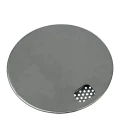
Bee escapes
Various bee escapes for easy honey harvesting.
-
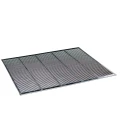
Queen excluders for beehives
A queen excluder, also called a moerrooster, is a grid that the queen cannot pass through. This lets you manage the bee colony. For example, you can use it to prevent a queen from entering the honey super. This way the queen lays no eggs in the honey super and the honey from the colony you can [category id=11]harvest[/category]. But by using a queen excluder you can also force the queen to stay in a specific part of the hive. If, for example, you want to remove the lower brood box to clean it or carry out comb renewal, you can use a queen excluder. This ensures the queen remains in the upper brood box. Usually you can encourage her to move up by blowing smoke with a [category id=2]smoker[/category] into the entrance. You can then place the queen excluder on the lower box. Then put the upper box back on. If all goes well, this will prevent the queen from entering the lower box. After a few days, check whether there are eggs in the lower box. If not, the queen is above the excluder, in the upper brood box. Once all brood has emerged in the lower box, you can remove it and/or replace the comb.
-
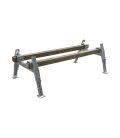
Other beehive parts
This category includes all other parts for beehives and skeps. This could be a strip to make your own pollen trap or a complete pollen trap. But also, for example, handles for your DIY beehive.
-
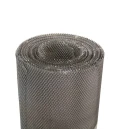
Bottom board mesh
Building your own beehive? Great, but certain parts like varroa floor mesh are often not on hand. Imkershop offers this floor mesh in two grades: stainless steel (we recommend this mesh when acids are used in the hive) and galvanized floor mesh. Besides allowing varroa mites to fall through the hive floor so the infestation can be monitored, it also provides ideal ventilation at the apiary or when transporting bees. The mesh can also be used to make separators.
-
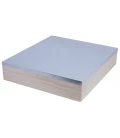
Roof coverings for beehives
Roofing for DIY construction or repair of beehives.
-
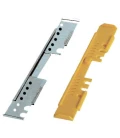
Hive entrance reducers and entrance strips
An entrance slide is a strip that makes it easy to close the hive entrance. Entrance slides are particularly handy for six-frame nuc boxes or for beekeepers who frequently move their hives. Simply slide the entrance closed and the hive is ready for transport.
-
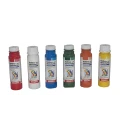
Beehive paint
Painting your beehive is important for the longevity of the hive housing your colony. The paint layer provides protection for both wooden and plastic beehives. We can divide the surfaces of the beehive into different parts, namely: the outside of a wooden beehive, the outside of a plastic beehive, and the inside of both a wooden and a plastic beehive. In practice, the inside of a plastic beehive is never painted. On plastic beehives only the exterior surfaces are painted. For painting the inside of the plastic feeder, a special feeder varnish (Biosana varnish) can be used. When painting wooden beehives it is very important to cover the end grain thoroughly to prevent water ingress in rain. The inside of a wooden beehive is also not treated with paint, but you can treat it with, for example, Propoleum. You paint a beehive to make it last longer and to protect it against the weather. An unpainted wooden hive will quickly deform or warp due to moisture, and a plastic hive will weather over time under UV light.
-
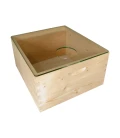
Crown boards
Here you will find crown boards in a range of materials for the beehive. From the popular wooden crown boards to newer models such as glass or plastic crown boards.
